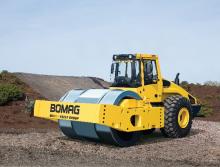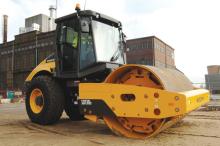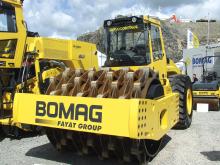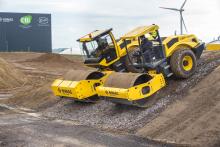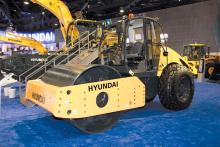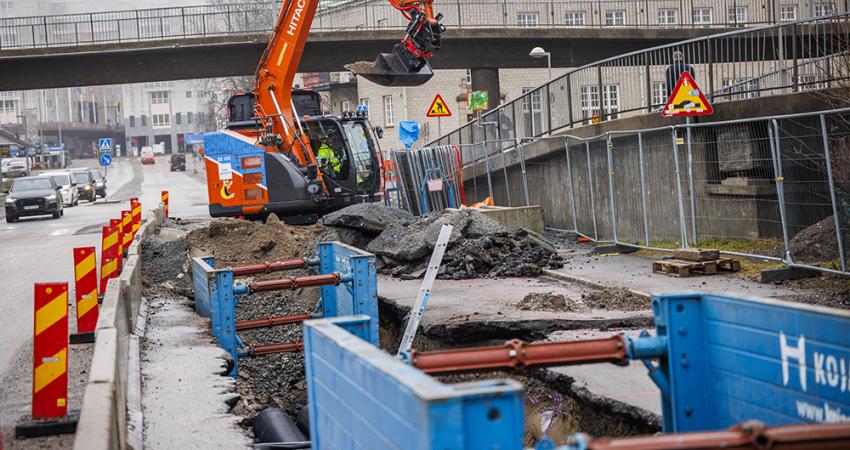High productivity and value for money are two benefits claimed by the new generation of soil compactors - Mike Woof reports. The market for soil compaction machines looks to be growing more competitive as new manufacturers enter the sector. This is particularly noticeable now that Chinese firm LiuGong has moved into the sector. Meanwhile new design concepts are also allowing firms to develop much larger and more powerful machines than ever before. The choice for contractors is a wide one and manufacturers a
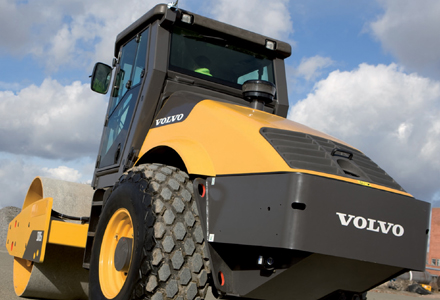
High productivity and value for money are two benefits claimed by the new generation of soil compactors - Mike Woof reports
The market for soil compaction machines looks to be growing more competitive as new manufacturers enter the sector. This is particularly noticeable now that Chinese firm
BOMAG claims that the BW332 offers high productivity and major cost reductions for large earthmoving jobs as it allows soil compaction to be carried out in a single stage. The machine is equipped with BOMAG's VARIOCONTROL vibration system, which automatically adjusts vibration to soil stiffness for optimum and uniform compaction.
Tough competition will come in the compaction segment from China and the first company to enter the worldwide market on a major scale from this country is LiuGong Machinery Corporation. The firm's CLG612HIII is a hydrostatic single-drum vibratory roller that can be used for compacting base and sub-base fill in roads. Power comes from a
A more established range for the mid-sized soil compaction market comes from
The SD115D features a smooth drum while the SD115F has a padfoot drum, with both machines weighing around 11.5tonnes and being powered by diesels rated at 97kW. The SD130D and SD130F also feature smooth and padfoot drums respectively and weigh in at 12.8tonnes, with power from diesels delivering 119kW.
A key feature of the new SD115 and SD130 compactors is in the smart power mode, which is designed to match engine output to the working application. When switched on, the automatic control can reduce engine speed but can also be turned off if required. This sophisticated system is designed to be used on the Volvo compactors featuring five vibration settings and will also govern engine cooling accordingly through control of the electric fan. The smart power system also reduces exhaust and noise emissions and minimise fuel consumption, with this last feature making it a useful setting for many contractors keen to cut machine running costs. A new generation of engines will ensure high performance combined with low exhaust emissions and noise output.
The machines come with a choice of two preset and five optional frequencies (there are five settings as standard on the SD130 and SD160 variants). In addition, the new models have dual amplitude settings and according to

